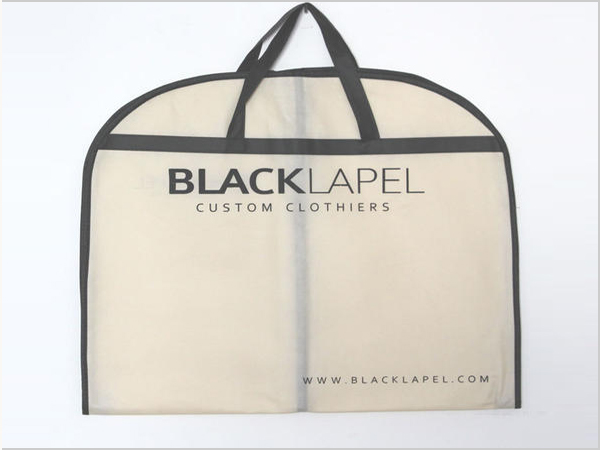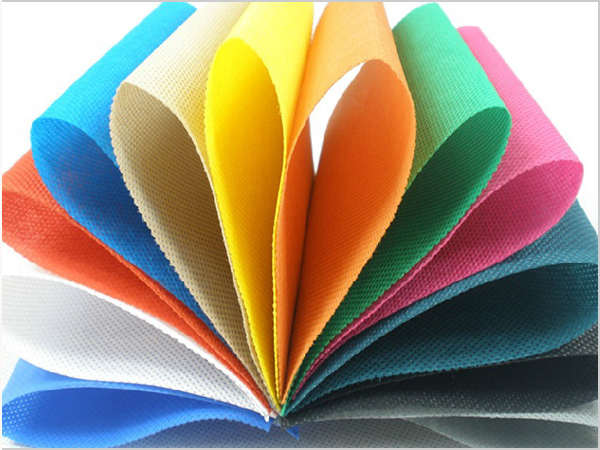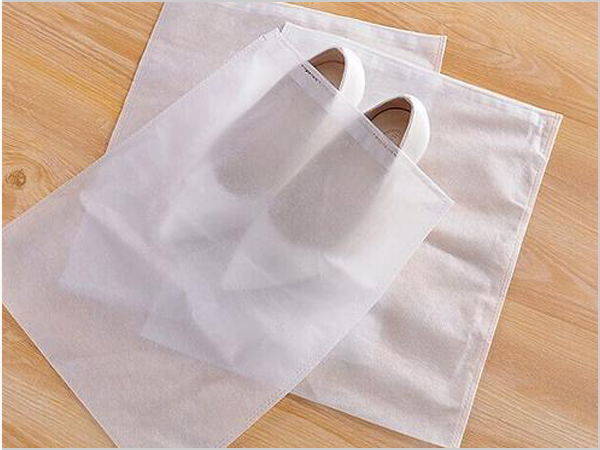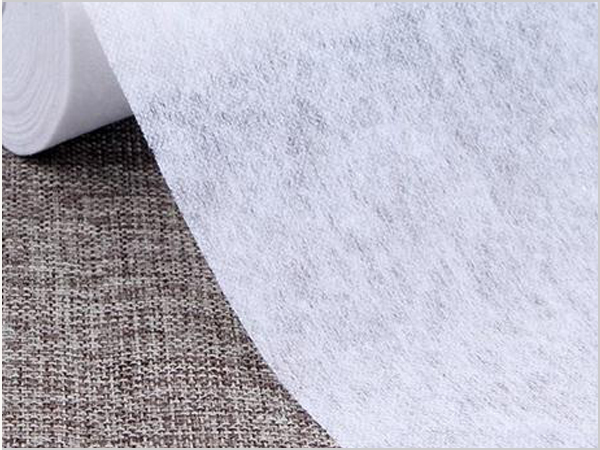- Why can spunbond nonwoven fabric dominate the market?
- Foreign trade exports are moving forward under pressure, with both resilience and challenges coexisting
- Explore the environmental protection characteristics and application fields of PP non-woven fabric
- The rise of the Latin American market is expected to become a new growth pole for China's textile foreign trade
- The production process of spunbond nonwoven fabric determines its unique characteristics!

- Telephone: 0551- 66779966
- Cellphone: 18955130444
- Email: 58792982@qq.com
- Address: Building 1-2, East of Wubu Village Section, Hehuai Road, Wushan Town, Changfeng County, Hefei City, Anhui Province
According to the Fashion Industry Association of America, U.S. fashion industry executives report increasing sourcing risks in 2024, including economic uncertainty, forced labor and geopolitical tensions. Inflation, supply chain issues and trade policy are the biggest challenges.
Companies are diversifying their sourcing, reducing their reliance on China and opening up new markets.
According to the 2024 Fashion Industry Benchmarking Study released by the Fashion Industry Association of America, U.S. apparel and fashion sourcing executives report increasing sourcing risks in 2024, ranging from navigating an uncertain economy and managing the risk of forced labor to dealing with shipping disruptions and rising geopolitical tensions.
More than half of respondents cited "inflation and the economic outlook in the United States" and "managing the risk of forced labor in the supply chain" as their top business challenges this year. In addition, "shipping delays and supply chain disruptions" and "managing procurement-related geopolitical and other political instability" also emerged as new top concerns. Some 45 percent of respondents cited "the United States' protectionist policy agenda" as their top challenge, up from 15 percent in 2023.
While the overall pressure on procurement costs eased in 2024, with more respondents expecting only a slight increase in costs, there were increases in "factory labor costs," "factory, social and environmental regulatory compliance," and "shipping and logistics." However, the procurement and business outlook for 2024 improved slightly compared to the previous year. More than 60 percent of respondents expect their company's clothing purchases to grow in value or volume, a significant increase from the previous year.
In addition, more than half of companies expect profit margins to improve, and 75% are optimistic or somewhat optimistic about the next five years, with larger companies more optimistic than smaller companies. More than 90 percent of businesses plan to increase hiring over the next five years to support business growth.
Declaration: The content of this article is organized from the Internet, and the copyright belongs to the original author; If there is infringement, please inform in time and contact to delete.
- Why can spunbond nonwoven fabric dominate the market?
- Foreign trade exports are moving forward under pressure, with both resilience and challeng
- Explore the environmental protection characteristics and application fields of PP non-wove
- The rise of the Latin American market is expected to become a new growth pole for China's
- The production process of spunbond nonwoven fabric determines its unique characteristics!
- The global trade landscape is undergoing significant changes in 2025
- The 11th China International Silk Conference was held in Shengze
- What are the core advantages of spunbond nonwoven fabric?
- What are the magical aspects of the manufacturing process of spunbond nonwoven fabric?
- The textile industry is enjoying dual policy benefits



